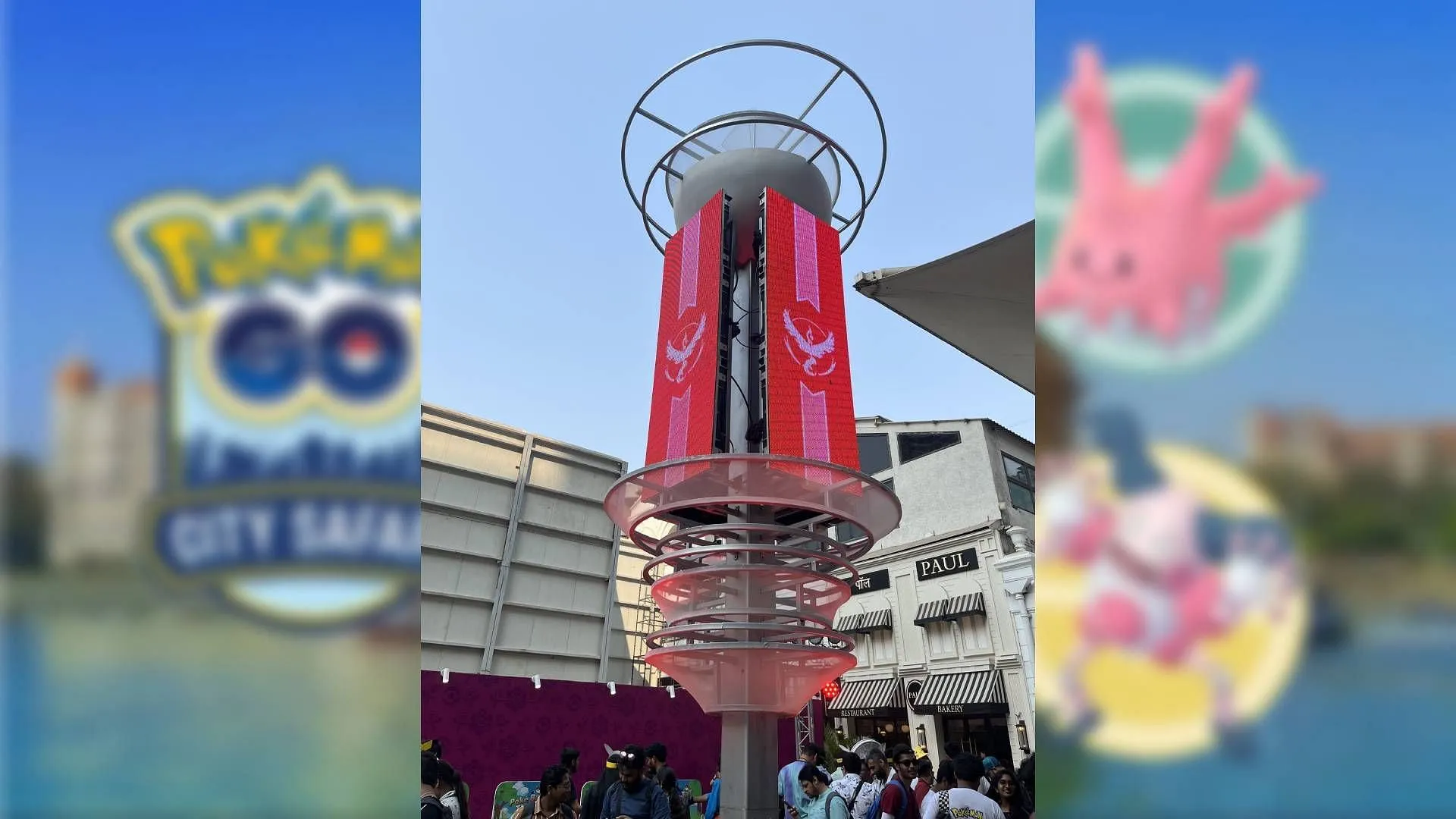The recent City Safari event surpassed all expectations, showcasing the vibrant atmosphere and community engagement around Pokémon GO in India. My detailed report underscores my personal experiences and the overall positive reception of the event.
During the festivities, I had the privilege of interviewing Sundarraman Ramalingam, the India Manager for Niantic Inc., alongside Rafael Siregar, the Head of APAC Emerging Markets for Pokémon GO. They provided invaluable insights into the game’s progression in India, local events, and other significant developments.
Insights from Rafael Siregar and Sundarraman Ramalingam on City Safari Mumbai
Q: What influenced the selection of Mumbai for India’s inaugural Pokémon GO event? Are there plans for future events in other cities?
Sundarraman: We chose Mumbai because it boasts the largest Pokémon GO community in India and received an enthusiastic response during our initial interactions. Additionally, its proximity to other populous cities like Bangalore, Pune, and Gujarat made it a strategic choice compared to Delhi. We believe Mumbai offers an excellent cultural backdrop for visitors, enhancing their experience.
Sundarraman also expressed optimism about future events: “We see this as a significant stepping stone for hosting more Pokémon GO events in India, with plans for increased activities in the coming years.”
Angshuman: Are other cities being considered for Pokémon GO events?
Sundarraman: We will focus on other prominent cities with substantial gamer populations, such as Bangalore and Delhi. However, other factors like local weather and permissions will also influence our decisions.
Q: Observing Indian cities compared to international hubs like Seoul and New York, it’s clear there’s a discrepancy in Pokémon GO points of interest (PoIs). Does this affect the overall quality of the events held in Indian cities?
Sundarraman: There was indeed concern regarding the availability of PoIs in the past. However, during our Hindi launch in 2023, we established over one million new PokeStops across India, which significantly improved the situation. While there’s still room for enhancement, the existing hotspots are vibrant, and community playability ranks among the best in the world.

Community input is essential; through initiatives like the Wayfarer challenge, players can nominate new PokeStops. While we acknowledge we’re not yet at the level of cities like New York or Barcelona, we’ve made significant strides from our earlier days.
Rafael: City layouts also play a role. For instance, Jakarta is less walkable than New York, which adds another layer of complexity regarding player safety.
Impact of Remote Raid Nerfs and Future Engagements
Q: How have adjustments to remote raids influenced player engagement in India and other APAC emerging markets?
Sundarraman: The pandemic initially boosted player engagement across the gaming industry, including Pokémon GO. The subsequent drop-off as life returned to normal was expected. Nevertheless, our focus remains on enhancing the player experience and fostering real-world interactions.
We have witnessed a doubling of community participation over recent years, with significant player turnout at events, demonstrating the game’s potential for engagement.
Q: Some players in Kolkata have noticed a decrease in active player counts compared to the game’s early years. Is this a national trend, and what plans does Niantic have to grow the base further?
Sundarraman: The initial hype surrounding the game’s launch led to a surge in players, aided by celebrity endorsements. However, nine years in, we still maintain a robust user base with significant growth potential, tapping into India’s expansive gamer demographic, estimated at 400-450 million.
Recent initiatives like the introduction of a Hindi language option in-game and culturally themed events such as Holi and Diwali celebrations have been implemented to foster connection with local players and make the gameplay more accessible.
“The successful City Safari Mumbai event underscores our commitment to the player community,” Sundarraman affirmed, noting a positive increase in active community participation.
Player Accessibility and Game Infrastructure
Q: How does India’s urban infrastructure impact Pokémon GO event growth?
Sundarraman: While India’s infrastructure may not yet match that of more developed countries, players have demonstrated creativity in finding safe play areas, such as malls and parks. While improvements are needed, community gatherings in designated safe spots enhance the overall gameplay experience.
Rafael: Our team maintains ongoing dialogue with community members to identify optimal play locations. We aim to adapt our in-game infrastructure to align with local player behavior and necessities.
Local Engagement and Cultural Adaptation
Q: What unique challenges does Pokémon GO face while expanding in India compared to other APAC markets?
Rafael: Each market has presented its own challenges, but India’s cultural nuances have allowed us to innovate, employing local traditions through in-game designs, like Pikachu dressed in cultural attire. This has been well-received and represents our commitment to embracing local cultures.
Sundarraman: One challenge has been increasing brand awareness among younger demographics, particularly in Tier-2 and Tier-3 cities. Continued efforts, including localized events and promotions, are critical to bridging this gap.
Future of Pokémon GO in India: Economic Impact and Local Collaborations
Q: Following collaborations in Indonesia, do you foresee similar cooperative ventures in India?
Rafael: Collaboration with government entities is essential for event success. The positive reception in India indicates a strong potential for future events modeled after successful initiatives, like Pikachu’s Journey in Indonesia.
Sundarraman: We are optimistic about developing relationships with local authorities to create memorable Pokémon GO experiences in India, paralleling the success in Indonesia.
Rafael: Beyond gameplay, events like these contribute to local economies, with past events generating substantial tourism revenue. Our aim is to ensure mutual benefit and growth alongside local partners.
Q: Concerns about content paywalls have arisen recently. How does Pokémon GO approach monetization in India?
Rafael: We recognize the need to balance monetization as a business while being sensitive to local economic conditions. By tailoring our pricing strategy for India, we strive to maintain accessibility for players.
Sundarraman: Our pricing for in-game items reflects this approach, positioning us as supportive rather than predatory. Our focus remains on improving player enjoyment and engagement, independent of external business changes.
Sundarraman: The City Safari Mumbai event was planned well in advance and showcases our unwavering commitment to players despite any corporate transitions.


